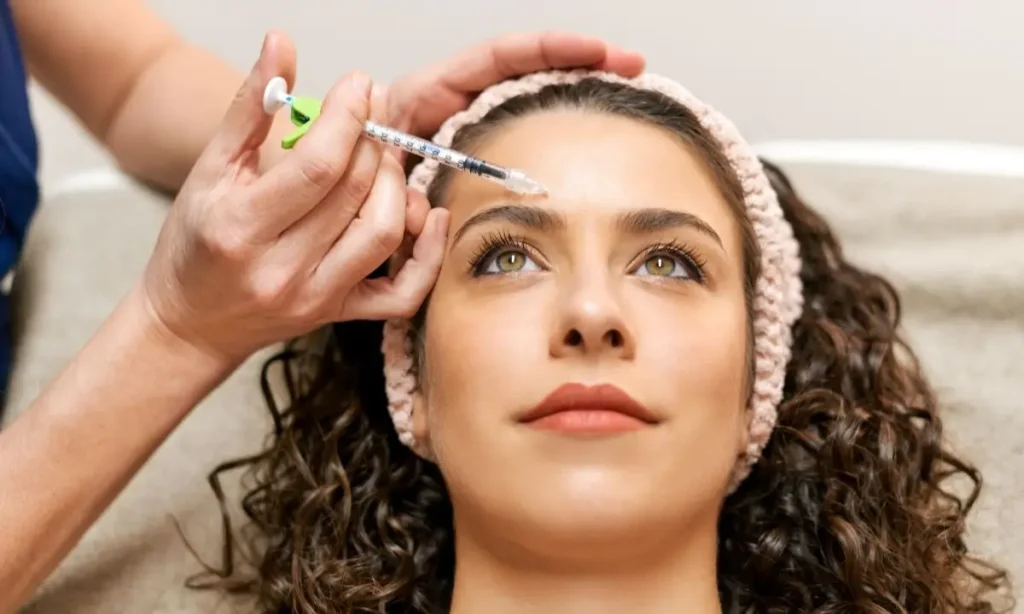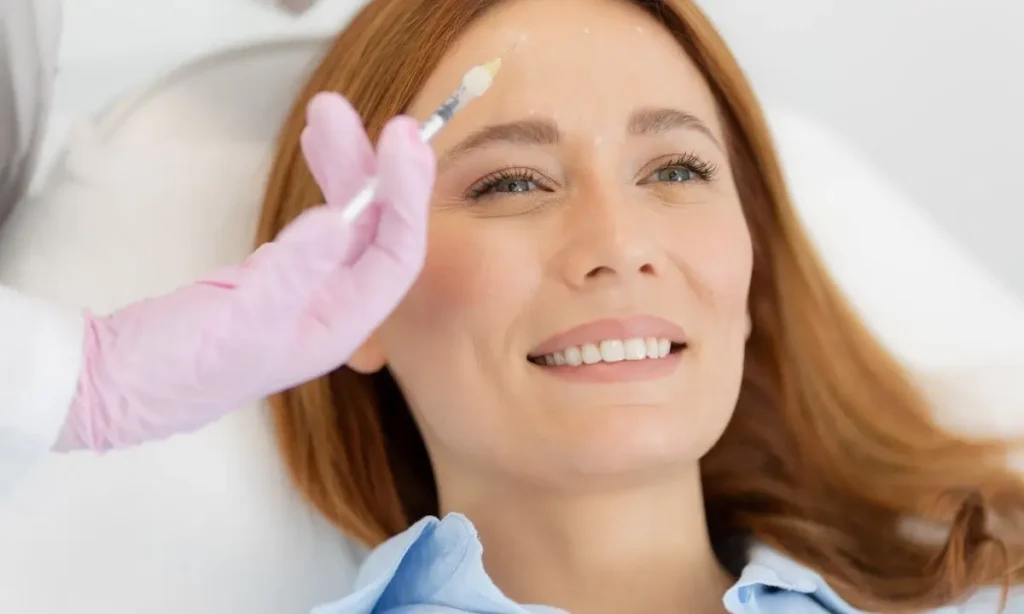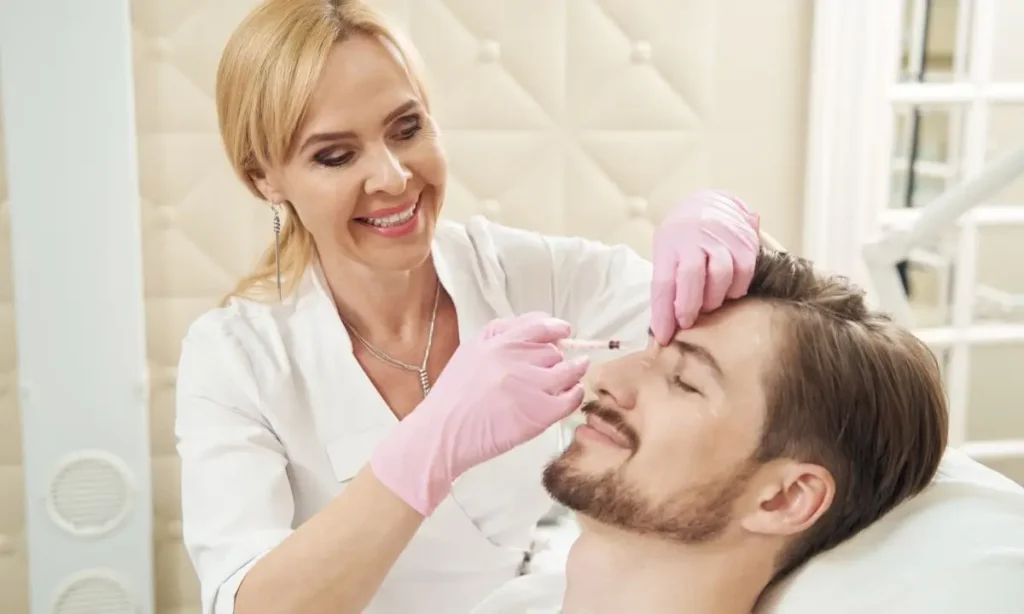Aging affects everyone differently. Some people get faint lines in certain light, while others see deeper smile and frown lines. Modern skin treatments offer ways to refresh aging skin without surgery.
Injectables, like custom Botox or Dysport, have become a top choice for people wanting subtle but effective anti-aging treatments. These products help reduce wrinkles and add volume to the face. But how do these popular treatments compare?
What Is Dysport?

Dysport is an injectable that stops muscle movements in certain areas. This creates smoother skin where applied. Most people use Dysport for forehead lines and the lines between eyebrows, often called “11s.” Those looking to minimize facial wrinkles can see success with this approach.
What Is Botox?
Botox is the most well-known injectable for facial wrinkles and lines. Beyond using it for aesthetics, doctors may suggest Botox for chronic migraines, excessive sweating, and muscle problems.
Botox blocks signals to muscles, making them relax and smoothing the skin above. Common areas include forehead lines, crow’s feet around the eyes, and frown lines. Additionally, types like masseter Botox help slim the jawline and reduce teeth grinding.
Difference Between Botox and Dysport

Botox and Dysport both relax muscles under the skin, but they work differently. Botox is stronger and more precise, while Dysport spreads more quickly after injection. Let’s explore where these two options differ.
How Long Does Botox vs. Dysport Take to Work?
Dysport shows results in 2-3 days after treatment. Botox takes longer, with full effects in 5-7 days. This timing matters when planning for events or occasions.
How Long Does Botox Last Compared to Dysport?
Botox results last 3-6 months before muscles start working as before and lines return. Most people get regular touch-ups to keep their results. Dysport typically lasts 3-4 months, a bit shorter than Botox. But results vary based on body type, where it’s injected, how much is used, and how regularly you touch up the area.
How Much Is Botox, and What Does Dysport Cost?
Botox prices change based on the provider’s skill, location, and area treated. Prices in America range from $10-$25 per unit, with total costs based on how many units are needed. Dysport typically costs about $4-$6 per unit. While this seems cheaper, Botox is about three times stronger per unit. This means the final cost ends up similar for the same results.
Dysport Injections and Botox Side Effects

Botox side effects can include:
- Mild pain where injected
- Brief bruising
- Headaches
- Rarely, muscle weakness or vision changes
Dysport side effects might involve:
- Pain or swelling at injection sites
- Headaches
- Skin irritation
- Rarely, allergic reactions
Always chat with a licensed professional about possible side effects before getting treatment.
Botox and Dysport Aftercare
For best results after either treatment:
- Don’t touch or rub treated areas for 24 hours
- Stay upright for 4 hours after treatment
- Skip hard exercise for 24 hours
- Avoid saunas and hot tubs on treatment day
- Don’t drink alcohol for 24 hours
- Use ice for any mild swelling
Discover Expert Botox Options at SCCNSJ

While both Botox and Dysport offer effective results, Botox tends to provide more consistent outcomes with precise application. The focused nature of Botox often leads to a smoother appearance that looks natural and feels right.
At the Skin Cancer & Cosmetic Center of New Jersey, our skilled specialists understand the subtle differences between these treatments. Our Botox Bar offers a comfortable setting where treatments, like brow lifts and more, are tailored to each face’s unique structure. For a consultation, reach out to SCCSNJ and unlock your path to enhancing your existing beauty.

